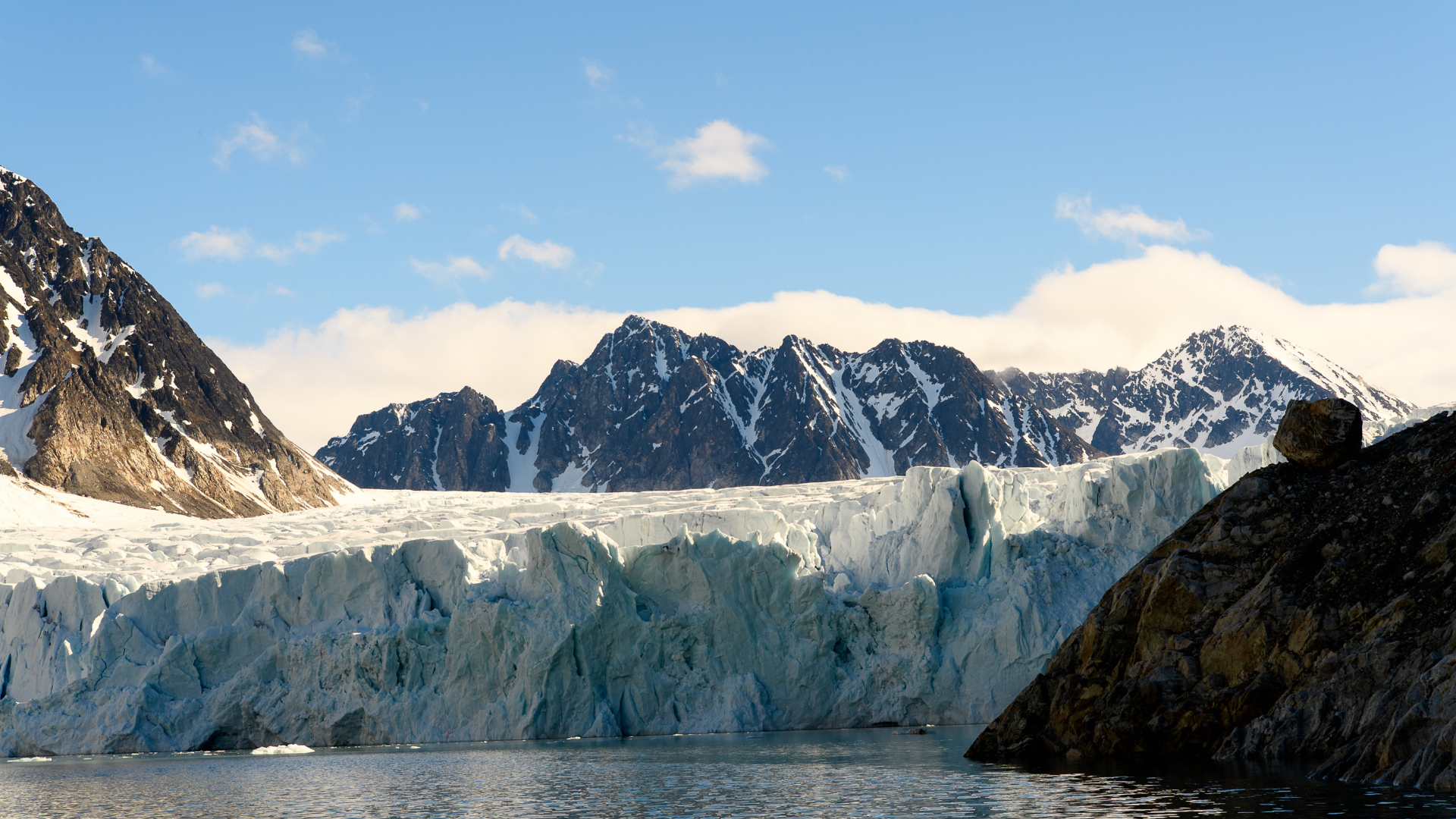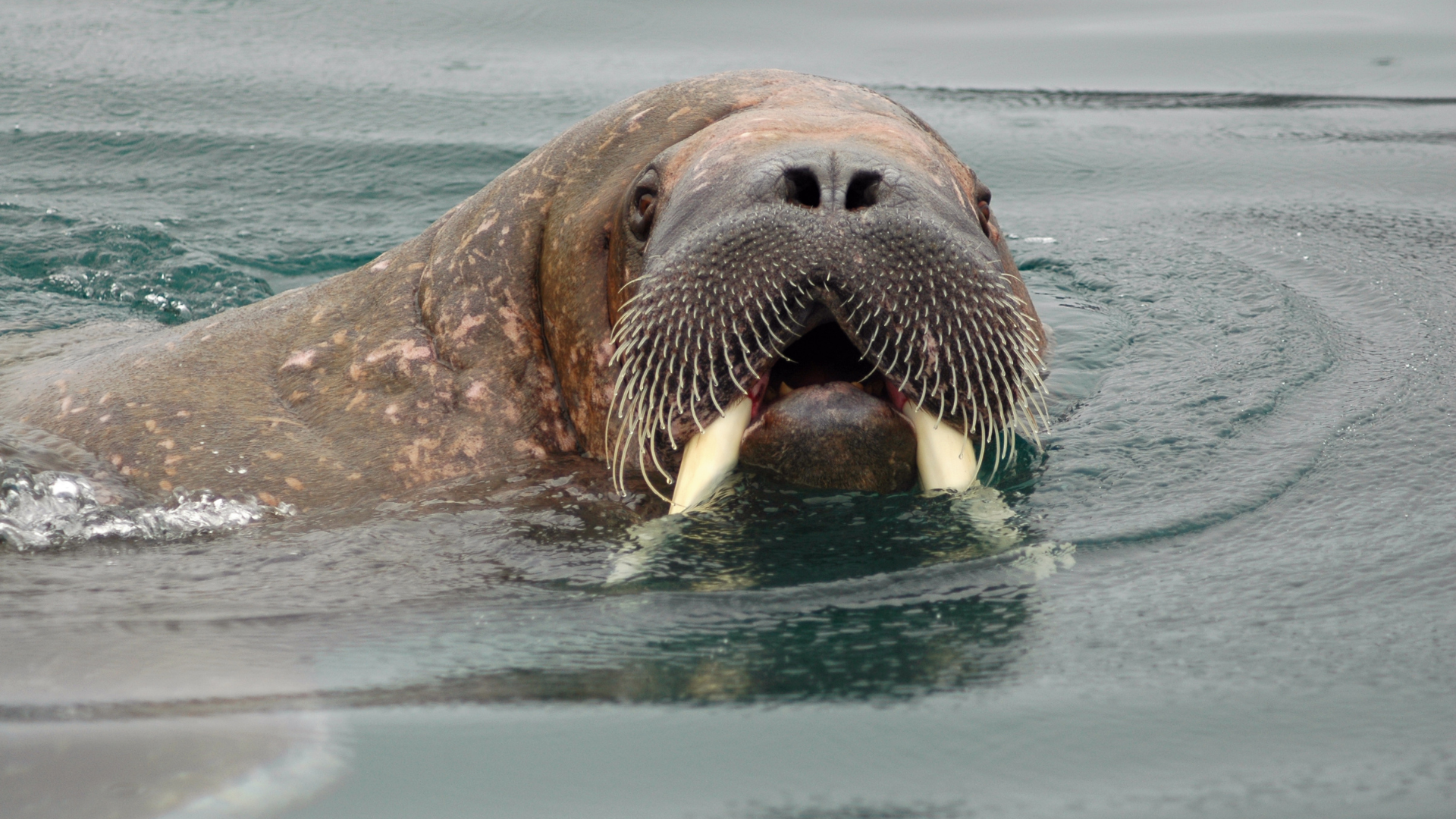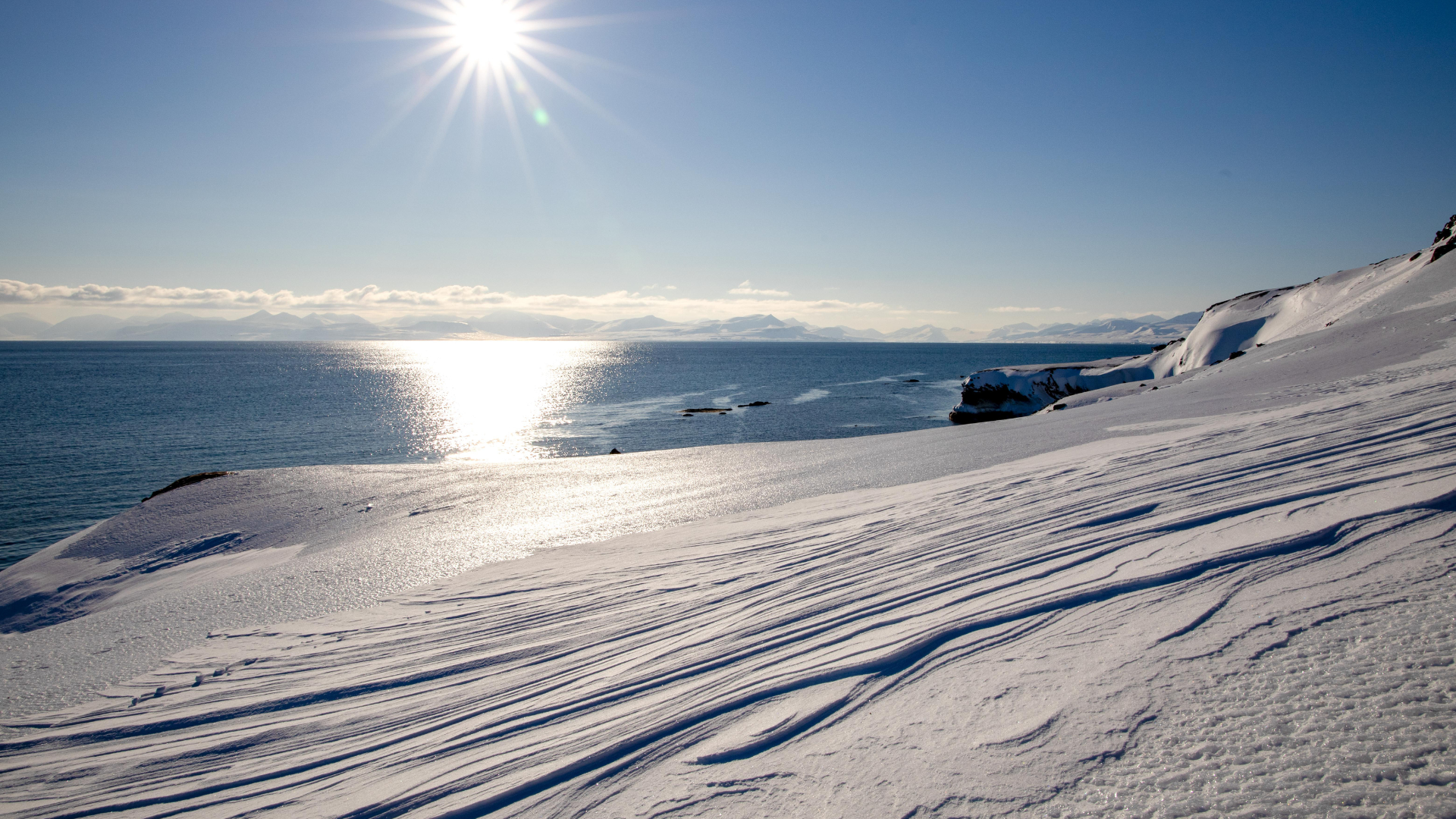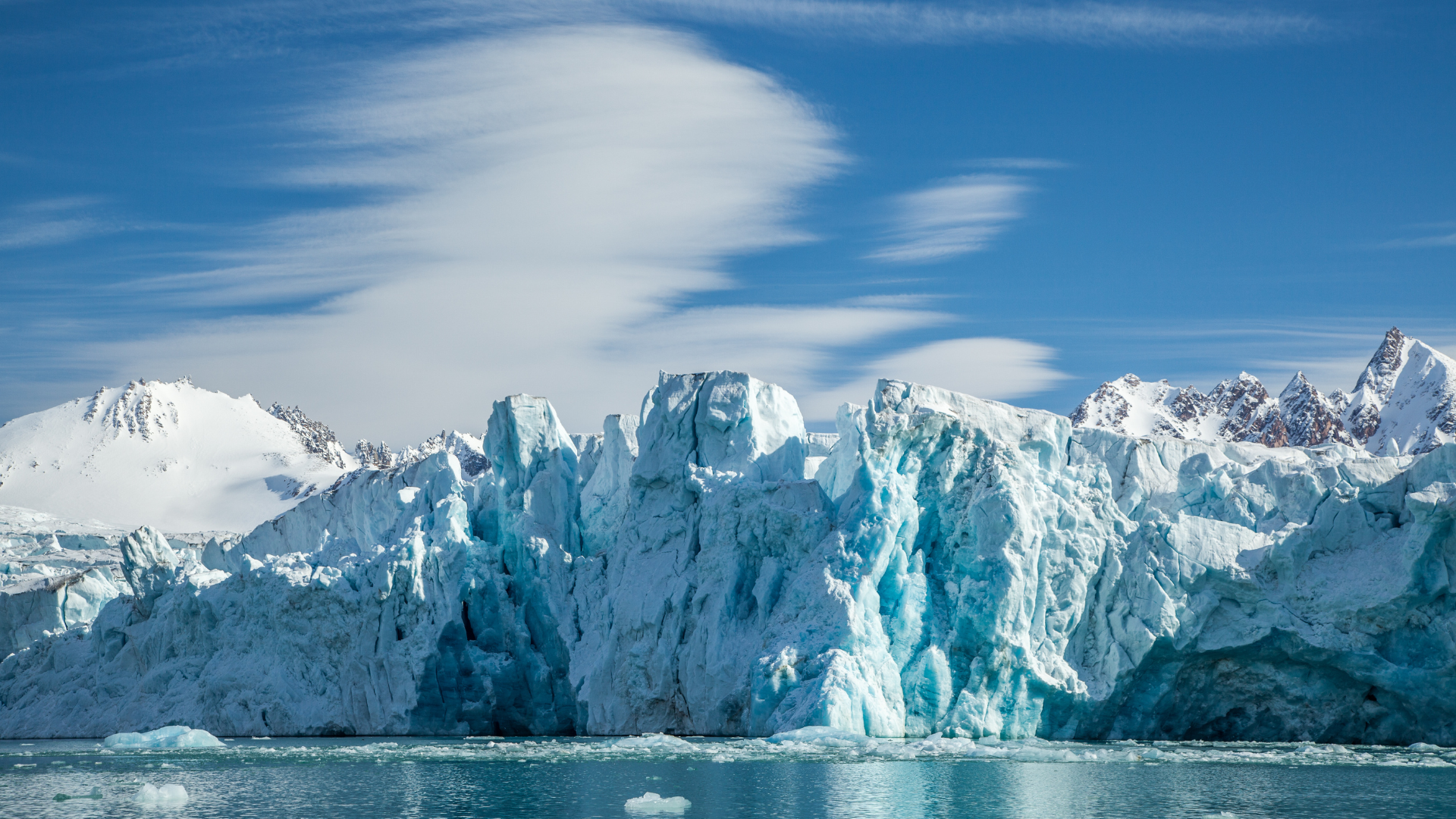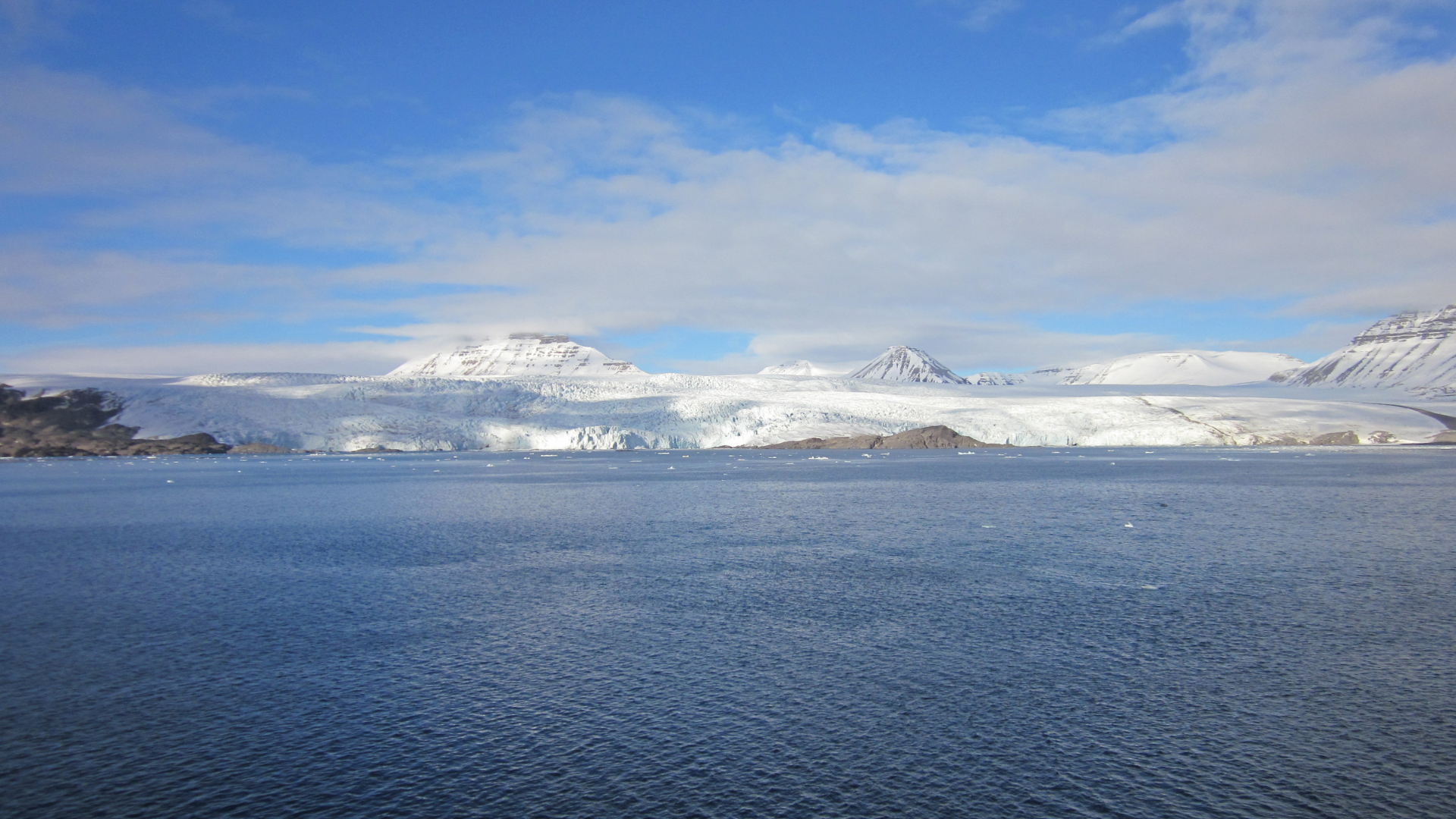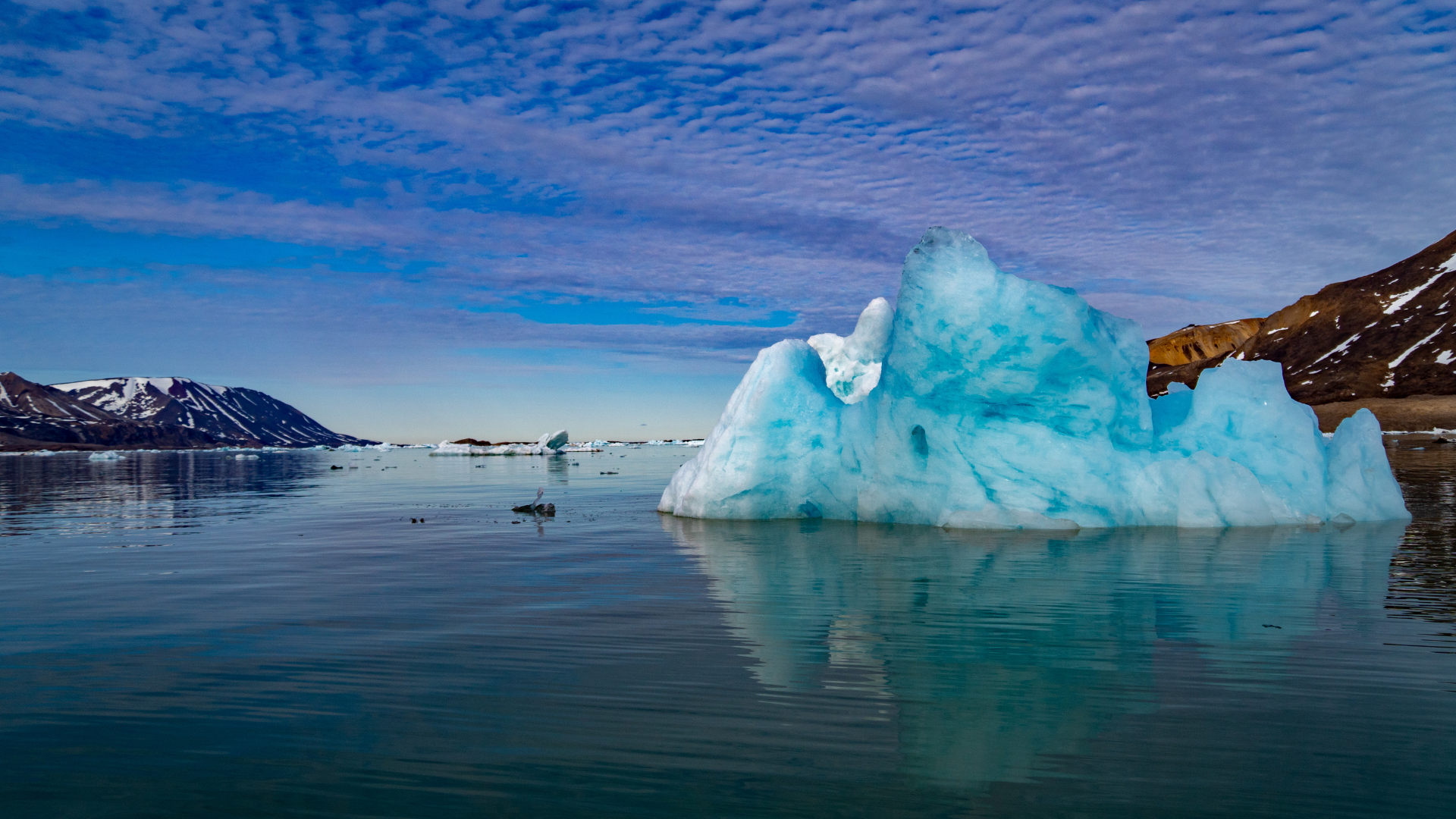Svalbard's Promising Future
Svalbard's Promising Future
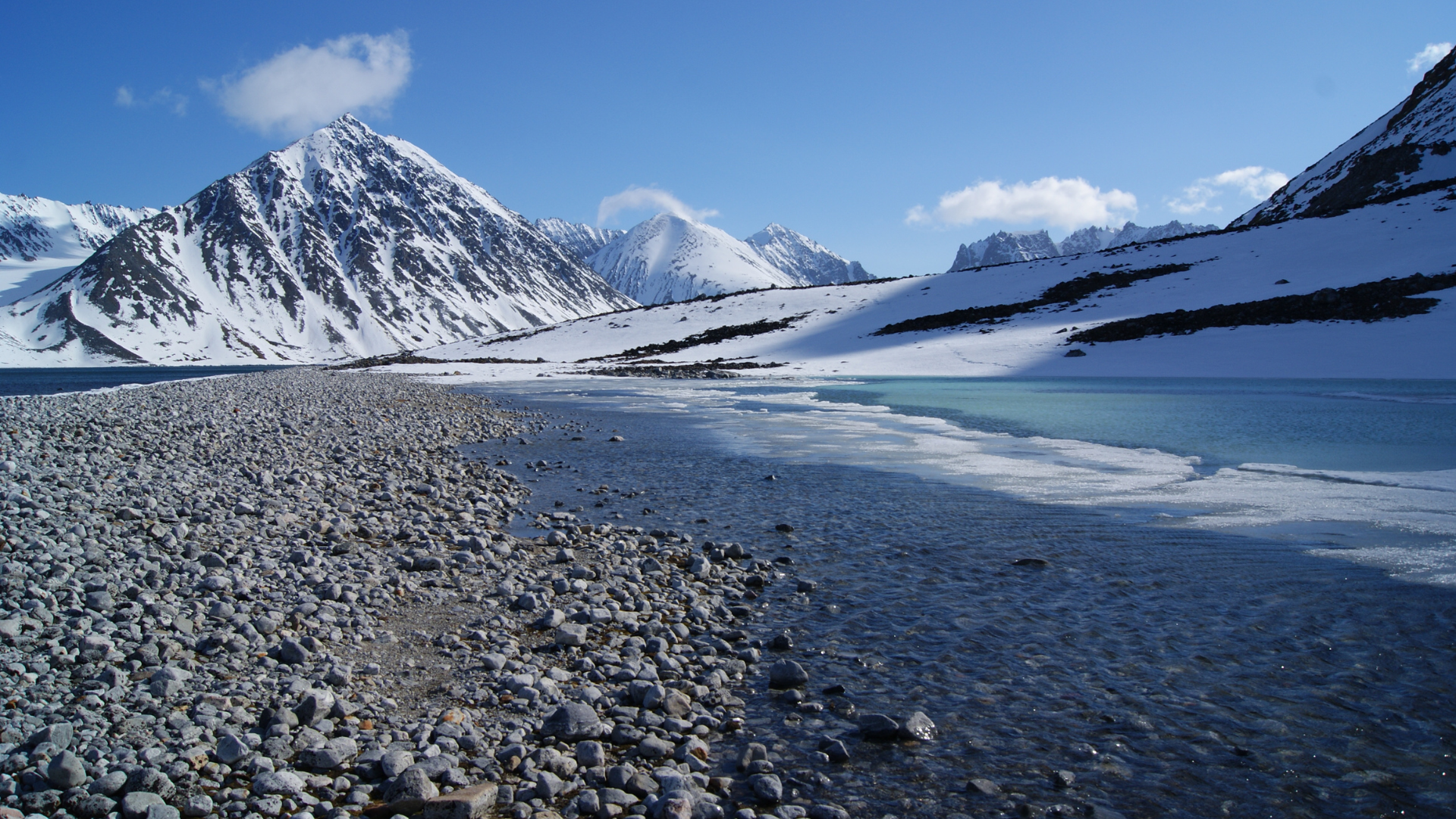
Svalbard, a remote archipelago in the Arctic Ocean, is often seen as a frontier of climate change and scientific research. However, its future is not just about challenges but also about opportunities and promise. The combination of its unique geographical position, natural resources, and international interest positions Svalbard for a promising future in several key areas.
The future of scientific research in Svalbard looks particularly bright. The archipelago’s extreme environment makes it an ideal natural laboratory for studying climate change, glaciology, and Arctic ecosystems. The University Centre in Svalbard (UNIS) continues to attract researchers from around the world, contributing to significant advancements in our understanding of the Arctic. The Svalbard Integrated Arctic Earth Observing System (SIOS) is another initiative that aims to enhance international cooperation in Arctic research, ensuring that Svalbard remains at the forefront of scientific discovery.
Tourism is another sector with a promising future in Svalbard. As more people seek unique and adventurous travel experiences, Svalbard’s pristine landscapes, abundant wildlife, and polar phenomena become increasingly attractive. The challenge will be to manage this growth sustainably, ensuring that the natural environment and local communities are not adversely impacted. Developing eco-friendly tourism infrastructure and promoting responsible travel practices will be crucial in balancing economic benefits with environmental preservation.
Renewable energy is an area where Svalbard could lead by example.
Currently, the archipelago relies heavily on coal for energy, but there is a growing push to transition to renewable sources such as wind, solar, and tidal energy. Given Svalbard’s vulnerability to climate change, reducing carbon emissions and promoting sustainable energy practices are imperative. The development of renewable energy projects could not only provide a more sustainable power supply but also serve as a model for other Arctic regions.
Svalbard’s strategic location also makes it a critical hub for Arctic shipping routes. As the Arctic ice melts, new shipping lanes are opening, reducing travel time between Europe, Asia, and North America. Svalbard’s ports and infrastructure could play a significant role in supporting these new maritime routes, fostering economic growth and international trade. Ensuring that these developments are managed responsibly will be essential to mitigate environmental risks and protect the fragile Arctic ecosystem.
Education and international collaboration will continue to be pillars of Svalbard’s future. Institutions like UNIS attract students and researchers from around the globe, fostering a multicultural and intellectually vibrant community. Strengthening these educational programs and encouraging international partnerships will ensure that Svalbard remains a center of excellence for Arctic studies. Collaborative efforts can lead to innovative solutions for the challenges facing the Arctic, benefiting both local and global communities.
Svalbard’s cultural heritage and history also offer opportunities for development. Promoting the rich history of Arctic exploration, whaling, and mining can enhance cultural tourism and educational programs. Preserving historical sites and artifacts, and sharing the stories of Svalbard’s past, can create a deeper connection between visitors and the region, fostering a greater appreciation for its unique heritage.
The future of Svalbard is also intertwined with its wildlife conservation efforts. Protecting the diverse species that inhabit the archipelago, from polar bears to seabirds, is crucial for maintaining ecological balance. Conservation initiatives, research programs, and international cooperation will be vital in addressing the impacts of climate change and human activity on local wildlife. Ensuring that Svalbard remains a haven for Arctic biodiversity will require ongoing commitment and innovative conservation strategies.
Community development and quality of life for Svalbard’s residents will be a key focus moving forward. Enhancing infrastructure, healthcare, education, and social services will improve living conditions and attract more people to live and work in Svalbard. Creating a sustainable and resilient community that can thrive in the Arctic environment is essential for the long-term prosperity of the archipelago. This involves balancing economic growth with environmental stewardship and social well-being.
Svalbard’s promising future lies in its ability to leverage its unique strengths while addressing the challenges posed by its remote location and harsh environment. By prioritizing scientific research, sustainable tourism, renewable energy, strategic shipping, education, cultural heritage, wildlife conservation, and community development, Svalbard can continue to thrive and contribute to global efforts in Arctic sustainability and resilience. The archipelago’s journey forward will undoubtedly be shaped by innovative thinking, international collaboration, and a commitment to preserving the pristine Arctic environment for future generations.
